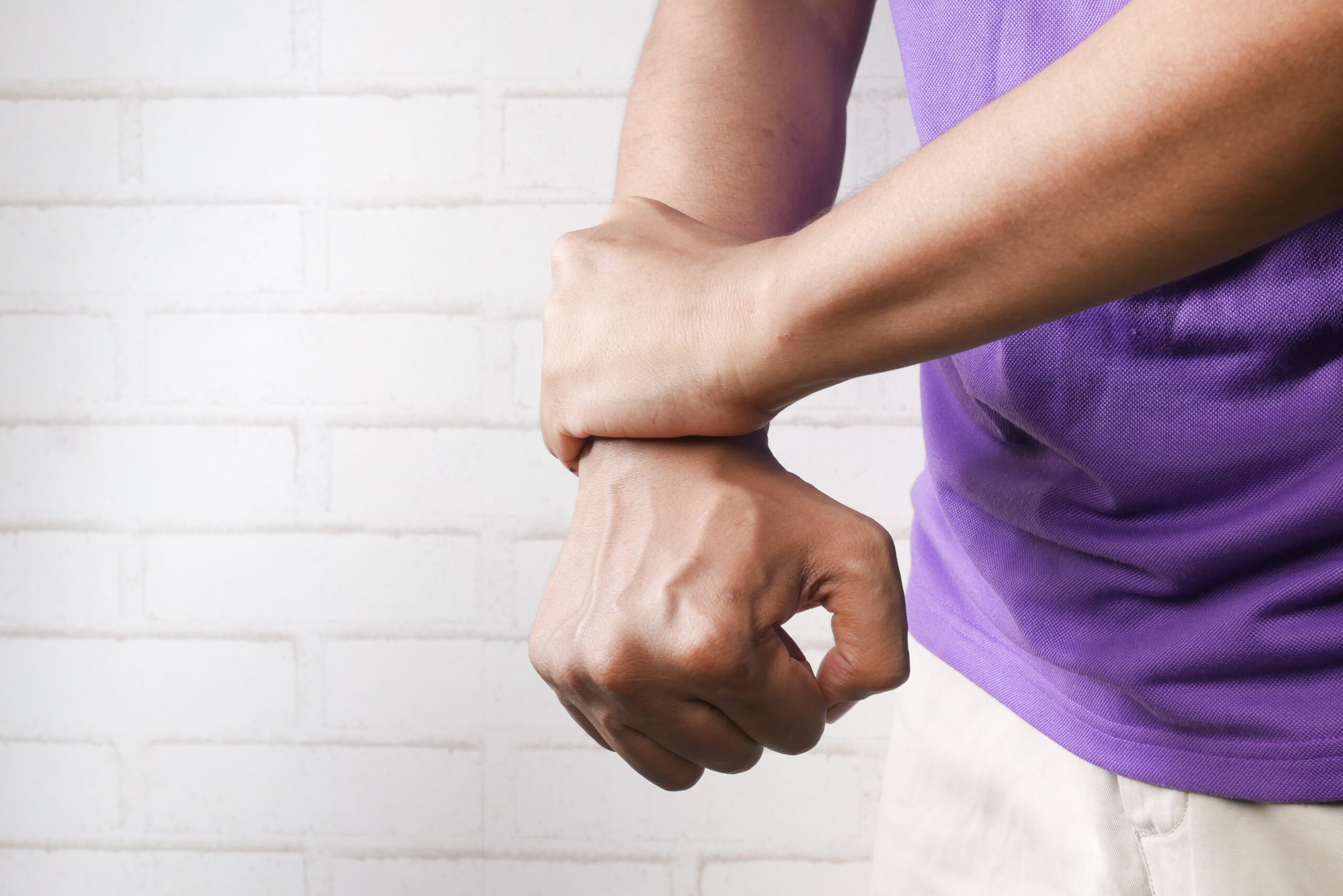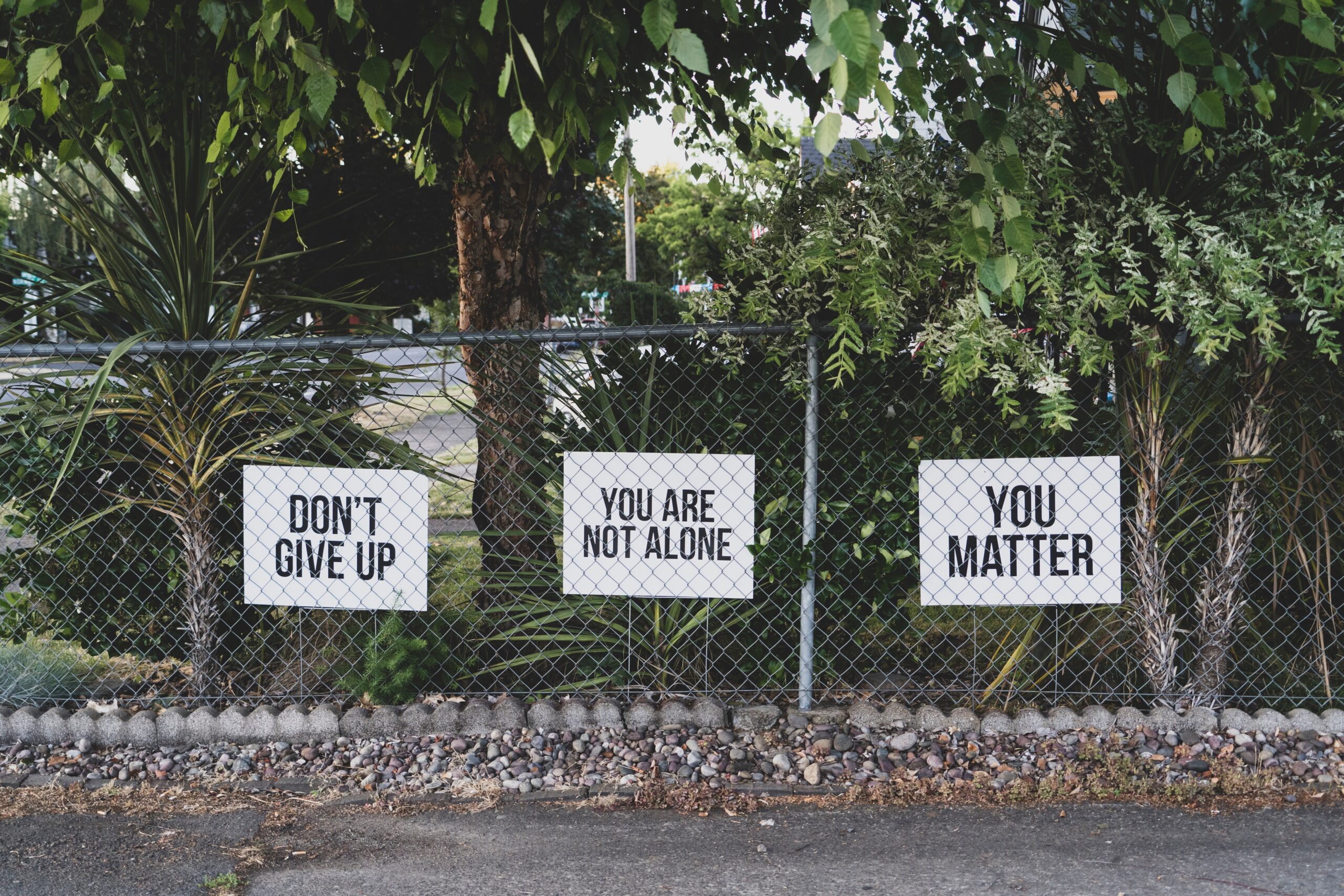Say Goodbye to Joint Pain: A Comprehensive Guide to Living Pain-Free

Joint pain can be a real buzzkill. Whether it’s caused by arthritis, injury, or simply the wear and tear of everyday life, the discomfort and limited mobility can really put a damper on your day. But fear not! In this comprehensive guide, we’ll explore a variety of natural remedies, lifestyle changes, and medical treatments that can help you say goodbye to joint pain once and for all.
The Importance of Exercise
When it comes to joint pain, the old saying “use it or lose it” holds true. Regular exercise is crucial for maintaining joint health and reducing pain. We’ll delve into the best types of exercises for joint pain relief, including low-impact activities like swimming and yoga, as well as strength training exercises that can help support your joints.
Furthermore, we’ll discuss the importance of proper form and technique to prevent further damage to your joints, and provide tips on how to gradually increase your activity level without exacerbating your pain.
Remember, exercise doesn’t have to be a chore! We’ll also explore fun and enjoyable activities that can keep you motivated and engaged in your fitness routine.
The Power of Nutrition
What you put into your body can have a significant impact on your joint health. In this section, we’ll discuss the importance of a well-balanced diet rich in anti-inflammatory foods, such as fatty fish, leafy greens, and nuts. We’ll also explore the benefits of certain supplements, like glucosamine and turmeric, in reducing joint pain and inflammation.
Additionally, we’ll provide tips on foods to avoid, such as processed snacks and sugary beverages, as they can contribute to inflammation and worsen joint pain. By making simple changes to your diet, you can support your joints from the inside out.
Alternative Therapies
While traditional medical treatments can be effective, there are also alternative therapies that can provide relief for joint pain. We’ll delve into the world of acupuncture, chiropractic care, and massage therapy, discussing their potential benefits and what to expect during a session.
Furthermore, we’ll explore the use of heat and cold therapy, as well as the benefits of topical creams and ointments. From essential oils to herbal remedies, we’ll cover a range of alternative therapies that can help soothe your joints and alleviate pain.
Medical Interventions
For severe joint pain that doesn’t respond to conservative treatments, medical interventions may be necessary. We’ll explore the different options available, including corticosteroid injections, hyaluronic acid injections, and joint replacement surgery.
While these interventions may seem daunting, we’ll provide a balanced perspective, discussing the potential benefits and risks associated with each procedure. It’s important to have all the information you need to make an informed decision about your joint health.
Managing Daily Activities
Joint pain can make even the simplest tasks feel like a Herculean effort. In this section, we’ll provide practical tips and strategies for managing daily activities with joint pain.
From modifying your workspace to using assistive devices, we’ll explore ways to make your environment more joint-friendly. We’ll also discuss the importance of pacing yourself and taking regular breaks to prevent overexertion and further joint damage.
Additionally, we’ll delve into the benefits of stress management techniques, such as meditation and deep breathing exercises, as stress can exacerbate joint pain. By incorporating these strategies into your daily routine, you can minimize the impact of joint pain on your life.
Support and Resources
Living with joint pain can be challenging, both physically and emotionally. In this section, we’ll provide information on support groups, online communities, and resources that can offer guidance, encouragement, and a sense of camaraderie.
Furthermore, we’ll discuss the importance of seeking professional help if your joint pain is impacting your mental health. A qualified therapist or counselor can help you navigate the emotional challenges associated with chronic pain and develop coping strategies.
Conclusion
Joint pain doesn’t have to dictate your life. By incorporating the tips and strategies outlined in this comprehensive guide, you can take control of your joint health and say goodbye to pain. Remember, everyone’s journey is unique, so be patient with yourself and listen to your body. Here’s to a future filled with pain-free movement!




